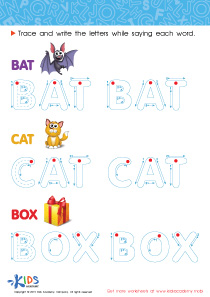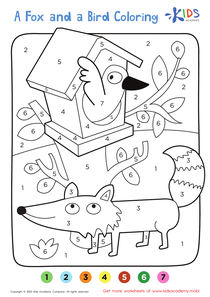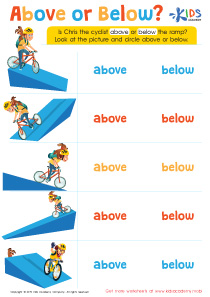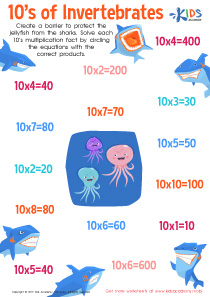Understanding landforms Worksheets for Ages 3-9
3 filtered results
Difficulty Level
Grade
Age
-
From - To
Subject
Activity
Standards
Favorites
With answer key
Interactive
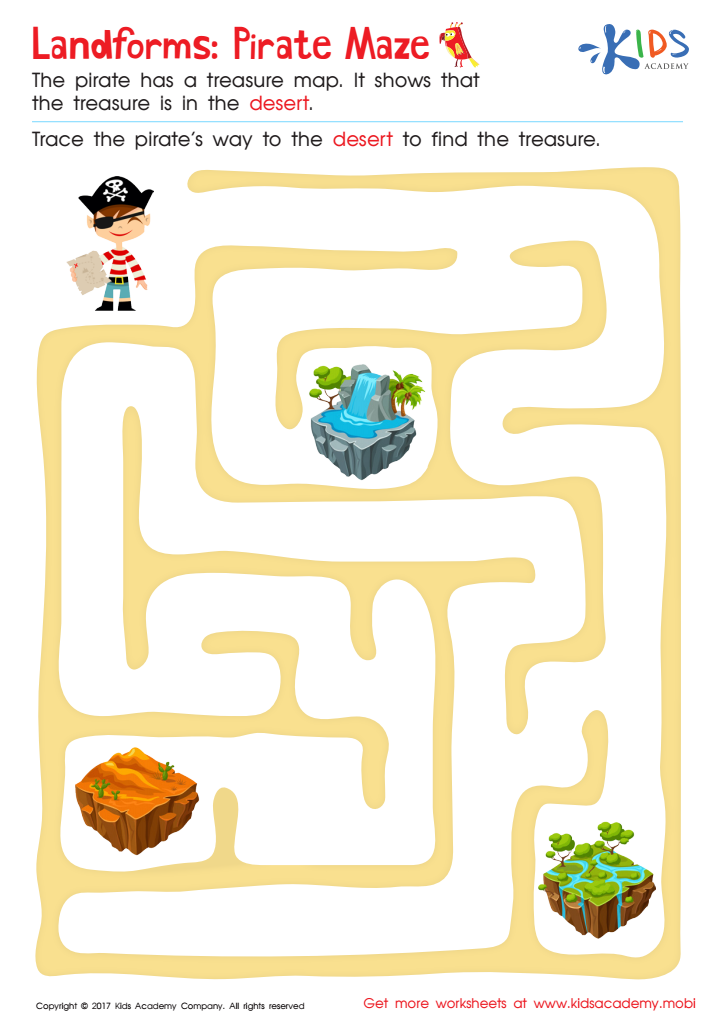

Landforms: Pirate Maze Printable
Help your pirate reach the hidden treasure. Worksheet included.
Join the swashbuckling pirate's quest for hidden treasure! Your child will identify desert landforms in this tricky maze, learning about different types of landforms in the process. Worksheet included. Let's get that treasure!
Landforms: Pirate Maze Printable
Worksheet
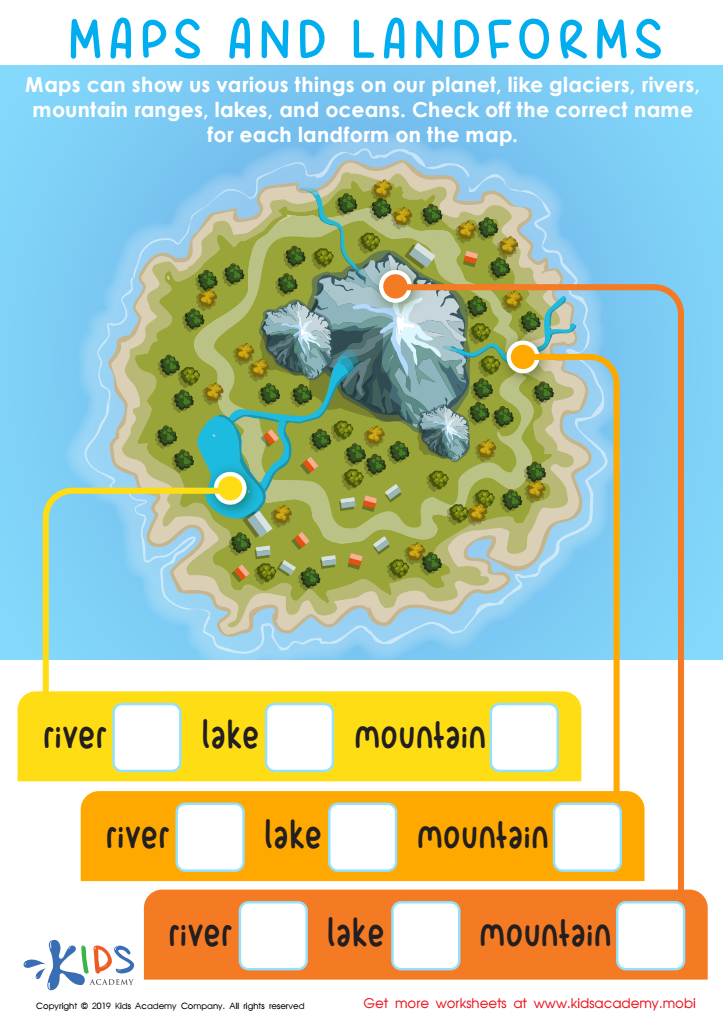

Maps and Landforms Worksheet
We can educate our kids on the world and its landforms by showing them a map. Point out mountains, rivers, and oceans, and help them identify each correctly. With this knowledge, they will better understand our planet.
Maps and Landforms Worksheet
Worksheet
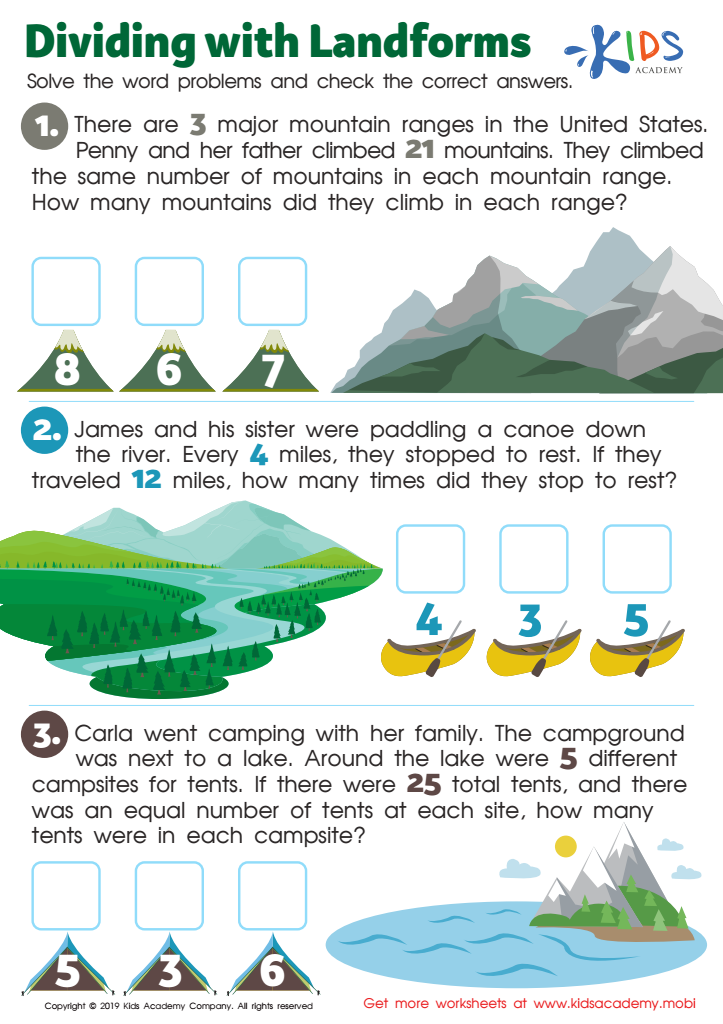

Dividing with Landforms
Mixing subjects to help your child learn is always nice. This worksheet combines landforms, problem-solving and division. The PDF highlights numbers, uses bold colors and provides pictures to help your child understand the questions and answer choices, making them feel empowered, not intimidated.
Dividing with Landforms
Worksheet
 Assign to the classroom
Assign to the classroom







